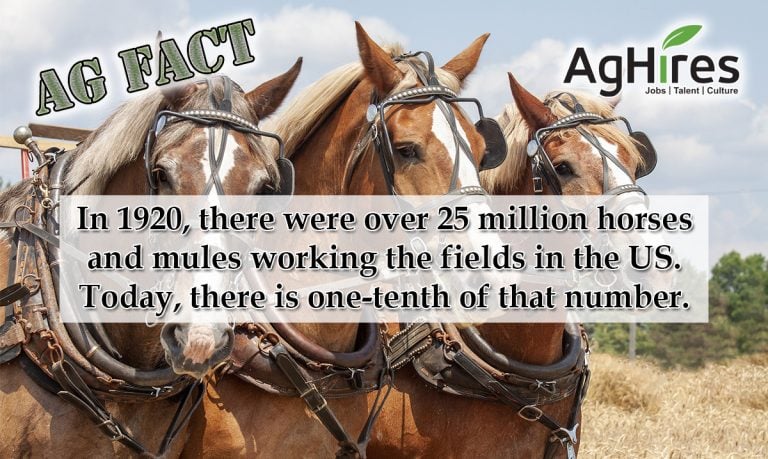
Before the invention of the tractor, horses were the main force in agriculture. They were first domesticated in 4000 BC. By 2400 BC, horses were put in harnesses, similar to those used for oxen. However, these early harnesses were not ideal for horses. During the 5th century, a harness called a full collar was developed in China. The new device conformed to the animal’s body and allowed them to breathe easier. The harness could be attached to plows and carts to harness the horse’s power to do the work of 50 men, giving us the origin of the term “horsepower”.
While oxen were previously used in the fields, horses eventually became the preferred choice since they were much faster than oxen. Oxen were also seen more valuable as food, while the majority did not eat horse meat. This made horses more useful in the field or hauling carts.
The invention of the horse harness allowed farmers to cultivate more land more quickly. The strength and speed of these animals made farming more efficient. Horses could pull plows through the fields and carts to transport crops. With their assistance and the improvements made to other tools on the farm, crops had better results.
Horses were the driving power in agriculture until the tractor was invented in the late 1800’s. In 1920, more than 25 million horses and mules were working the fields. By the 1960’s, that number was cut to about one-tenth that number, which is where we remain at today. The change in horsepower from a four-legged animal to machinery also caused a change in crops. Farmers no longer needed millions of hectares of oats to feed horses and began planting new crops, such as soybeans, which weren’t widely planted in the U.S. before the tractor.
Today, horses may not be used to cultivate the fields, but they are still useful on the farm. They help to herd large groups of animals as well as can help with other daily tasks on the farm.
Other horse facts:
- There are over 300 different breeds.
- Horses can live about 25 years.
- It’s estimated that there are about 60 million horses in the world.
- The 3 main breeds are hot bloods, cold bloods, and warm bloods.
- Hot bloods are fast and just used for racing, while cold bloods are strong and used for heavy work. Warm bloods are a combination of the two.
Want more Agriculture Facts? Click here
Follow us on Facebook and Twitter to get your weekly dose of Ag Facts.
Sources:
Equine Heritage Institute
Nebraska PBS
Science Kids
Learning English






